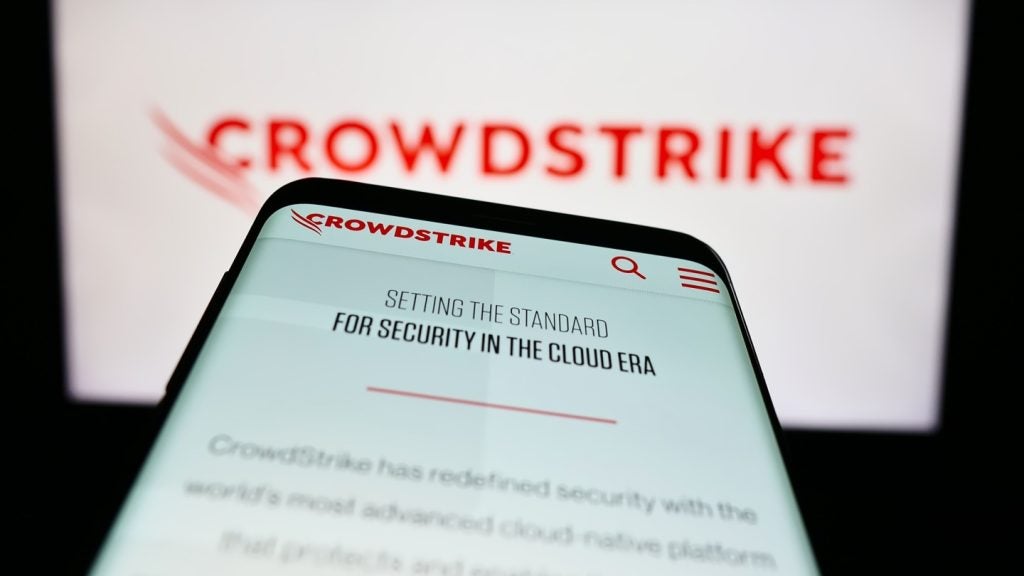CommVault Systems had ten patents in cloud during Q1 2024. CommVault Systems Inc has developed a series of innovative solutions for efficient failover processes in virtualized environments, reducing costs and resources associated with maintaining live stand-by failover systems. These solutions involve using incremental backup data to maintain passive virtualized computing platforms ready to take over tasks in case of a failure. Additionally, the company has introduced methods to reduce communication bottlenecks at storage managers by storing job metadata locally and updating it periodically. Furthermore, they have devised a holistic approach for protecting serverless applications in various computing environments, coordinating storage management operations and generating point-in-time copies of applications for restoration or migration. Lastly, CommVault Systems Inc has implemented a “Live Synchronization” feature to reduce downtime in failover situations by using backup data to maintain ready virtualized computing platforms that can be activated quickly. GlobalData’s report on CommVault Systems gives a 360-degree view of the company including its patenting strategy. Buy the report here.
CommVault Systems grant share with cloud as a theme is 50% in Q1 2024. Grant share is based on the ratio of number of grants to total number of patents.
Recent Patents
Application: Efficient failover of storage manager in virtualized environments (Patent ID: US20240103987A1)
The patent filed by CommVault Systems Inc. describes an efficient failover process and system in a virtualized environment that reduces costs and resources associated with maintaining live stand-by failover scheduling and maintenance systems. The system uses incremental backup data to maintain passive virtualized computing platforms ready to take over tasks and operations of a lost storage manager. During a failover, a passive virtual node initiates the process by restoring a secondary copy of the lost storage manager, scaling up computing resources, and continuing scheduled tasks and operations. The method involves detecting a failover event, determining a standby node, initiating the failover process, obtaining active node configuration information, requesting additional computing resources, initiating data protection services, updating the management database, and replicating changes across standby nodes.
The system includes one or more processors configured to detect a failover event, determine a standby node, initiate the failover process, obtain active node configuration information, request additional computing resources, initiate data protection services, inform standby nodes of the change, update the management database, and replicate changes. The system can store active node configuration information within the standby node or obtain it from a virtual cloud datastore. It also involves restoring a failover management database, storing the management database in a backup format, replicating changes according to preferences, continuously replicating changes, monitoring the operational state of the active storage manager node, checking for upgrades, detecting communication errors, and creating a new standby node in response to errors.
To know more about GlobalData’s detailed insights on CommVault Systems, buy the report here.
Data Insights
From

The gold standard of business intelligence.
Blending expert knowledge with cutting-edge technology, GlobalData’s unrivalled proprietary data will enable you to decode what’s happening in your market. You can make better informed decisions and gain a future-proof advantage over your competitors.





